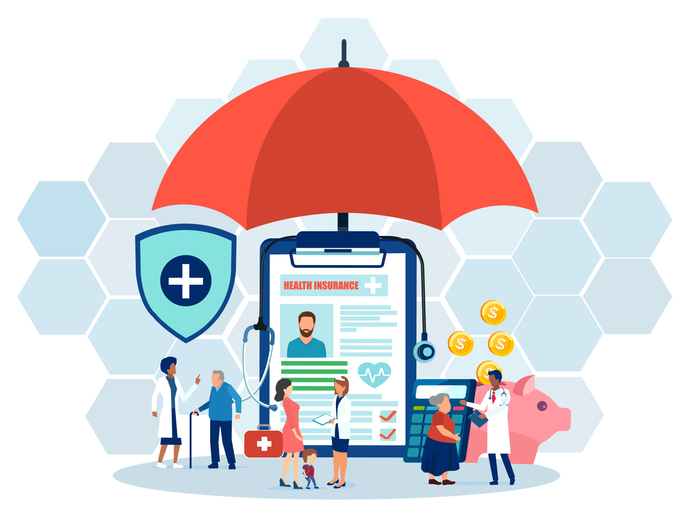Patient engagement leads us to better, safer, less expensive, and more flexible ways for managing healthcare’s complex tasks. It’s common sense, right? If you’re engaged in your own care and personally accountable to yourself and others, you’re more likely to invest the time and energy to achieve health and well-being in your life.
It’s tempting to believe this simple truth is the only truth to the matter. But as we know, healthcare is more complicated that. The New England Journal of Medicine in May announced survey results which show that only 9% of healthcare executives report high levels of engagement across more than 3/4 of their patient population. The authors suggest that we haven’t yet discovered optimal ways of achieving high rates of sustained patient engagement – which is itself startling, considering how much interest there is in this area.
One possible approach: design for people, build for change, and align around goals
In 2016 alone, there has been over $6.5 billion invested in digital health companies. We all know the scale of the healthcare industry, so perhaps this figure doesn’t surprise you. I think the scale of this investment reinforces the call to action for us in the digital health space to ensure that we are capitalizing on every opportunity to improve how patients experience healthcare – so we can improve patient engagement at the same time. But how?
One of the beautiful things about working in digital health, and specifically healthcare software, is that we can rapidly learn from our users, iterate on the product, and ship it out to the world. We have learned from the errors of those who came before us, and so we design our products for the humans using them, and we build our products to take advantage of the flexibility of the cloud. Because of how we design and build our products, we’re able to align users around their common sets of goals.
My team recently hosted a webinar for our app users where they discussed best practices for patient engagement using our platform. In the complex care space, we know that care teams are challenged with engaging the high-needs patients who have complex health and social needs. Among the tips we shared with our users:

A Deep-dive Into Specialty Pharma
A specialty drug is a class of prescription medications used to treat complex, chronic or rare medical conditions. Although this classification was originally intended to define the treatment of rare, also termed “orphan” diseases, affecting fewer than 200,000 people in the US, more recently, specialty drugs have emerged as the cornerstone of treatment for chronic and complex diseases such as cancer, autoimmune conditions, diabetes, hepatitis C, and HIV/AIDS.
- Facilitate easy enrollment in clinic. One of the best ways to initially engage patients is to invite them to gain access to your digital health tool and have them enroll while in clinic or during an inpatient visit – answering their questions along the way.
- Allow access to loved ones. Patients should be able to define what information and workflows are accessible by family members, friends, caregivers, and proxies.
- Involve patients in care planning. This is core to aligning users around goals. Patients and families should be involved in the care planning process, and digital health tools should enable this dynamic process.
Patient engagement is this century’s “blockbuster drug”
Noted health IT expert Leonard Kish made industry headlines in 2012 when he wrote that an engaged patient is the “blockbuster drug of the century.” He was referring to the growing body of evidence around the efficacy of patient engagement and its correlation with better outcomes and lower costs of care. If engagement were a drug that physicians could prescribe to patients, Kish argued that it would be malpractice not to use that drug.
It’s not just rhetoric. As consumers, you and I both expect a certain level of convenience and ease of use from the companies we choose to do business with. We have more power than ever at our fingertips, and the brilliant minds behind our favorite technologies like smartphones, search engines, and social media applications continue to push our expectations higher every year. Many industries have mastered consumer engagement through technology. Healthcare has a long way to go.
Photo: Flickr user Carla Vasquez















